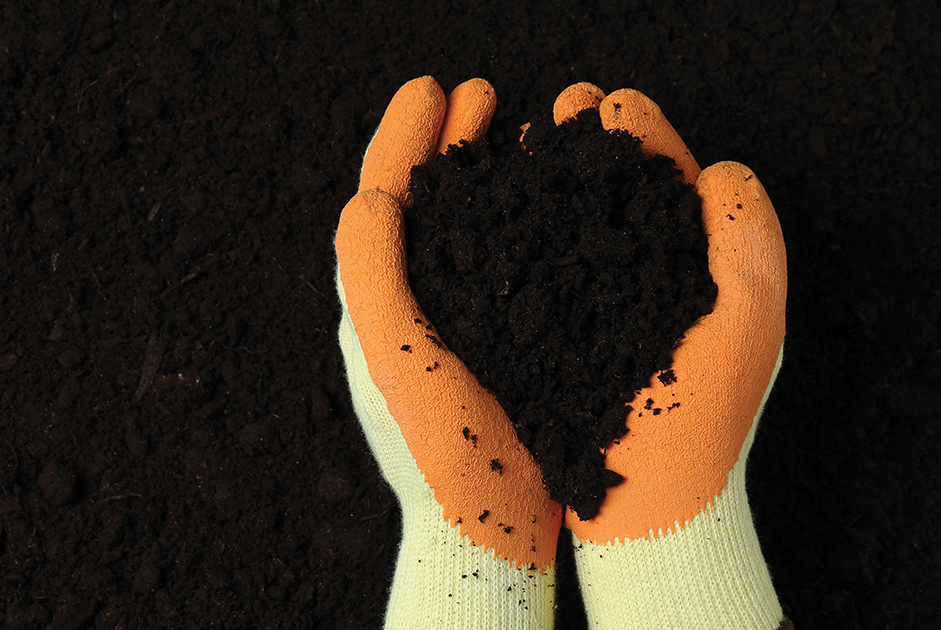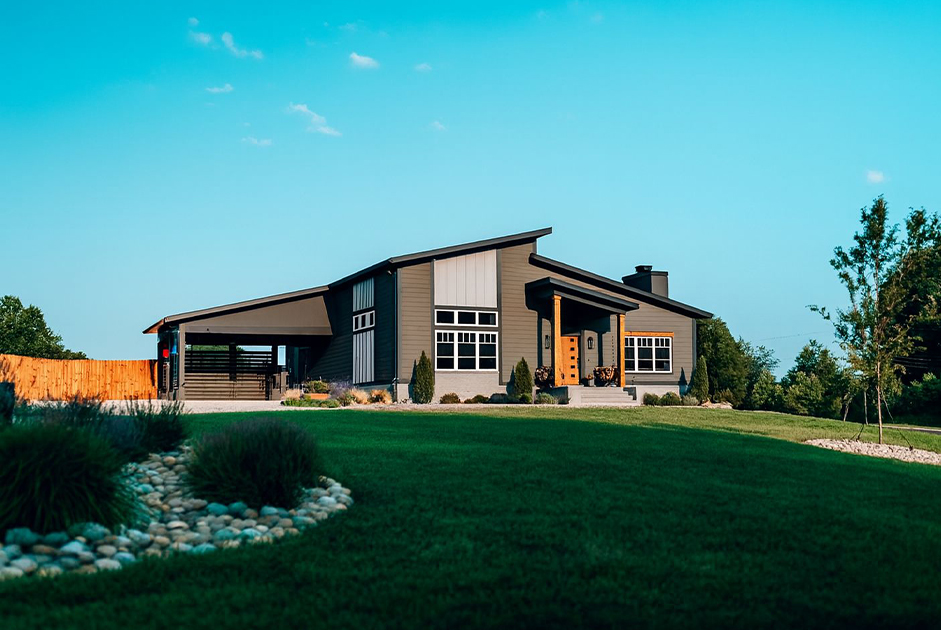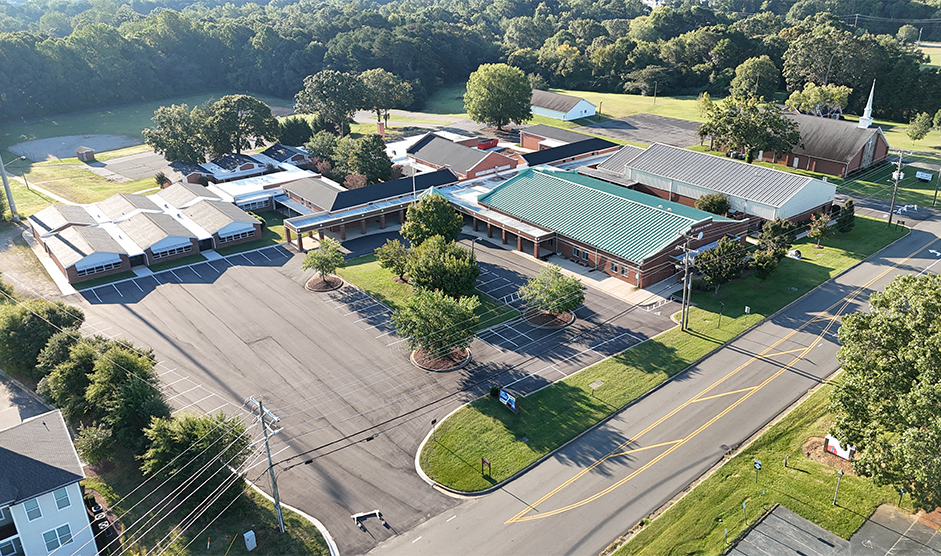BY PETER HENRIKSON
There has been a buzz about soil regeneration agriculture. Our ability to maintain or improve the soils that feed the world is critical to our sustainability, yet this approach is rarely discussed in the lawn and landscape world. I believe this is a mistake, and soil regeneration should be central to our conversation. When we step back and think about our homesite, it is a mini farm. We grow a mono-culture plant species on our lawns similar to how corn, soybeans or other cash crops are grown. We also grow an array of other species of plants and ornamentals that work together to build a micro ecosystem. For perspective, this means that in the Charlotte metro area, we have more than 1 million micro farms working to improve our air and water quality every day of the year.
The goal of soil regeneration is to build soil structure that contains the right balance of dirt, organic material, biology (bacteria, fungi, etc) and texture to improve the efficiency of the soil for the benefit of the plants that rely on that. In the southeast, we have about 50% of what is needed for healthy soils. Our heavy clays have the potential to retain a massive amount of nutrients for our plants when amended correctly with organic material. One of the most beneficial amendments to heavy clay soil is biochar.
The usage of biochar dates back to more than 2,000 years ago in the Amazon basin. The amended soil was referred to as Terra Preta, or “black soil,” in Portuguese. The ancient civilization learned how to produce biochar by burning organic waste materials in a low oxygen environment, which forces the material to retain its high carbon content instead of releasing it into the air. Biochar has many advantages including an extremely high carbon content, and its physical properties help build an efficient soil structure for air, water and nutrient utilization by plants. Biochar has many similarities to compost, but they are not equivalents.
Lawn care product manufacturers have created some incredible products for our market which contain both biochar and compost. These products are applied by top-dressing, or spreading, the product on top of the soil and allowing the products to work into the soil. These products can be spread using a fertilizer spreader or by hand if you do not have equipment available. One of our favorite products is built by Mirimichi Green, a local North Carolina company. Their products, Carbon Pro-G and Essential-G, are available at your local SiteOne retailer for purchase by the DIYer. These two exceptional products combine a perfect combination of biochar and compost, as well as a microbial inoculation which is an excellent source of beneficial bacteria and mycorrhizal fungi for your lawn. In one product, your lawn receives the high carbon content of biochar, the organic material of compost for soil structure and the needed biology to continue to build porosity for better nutrient cycling. These components are the missing pieces to make our heavy clays into high performing soil.
At GrassRoots, we use these products to build soil quality by improving soil pH, nutrient uptake and soil biology, while reducing the salinity of the soil caused by historical overuse of granular fertilizers. These products are beneficial additions to your lawn year-round, but we find the results to be even better when we can incorporate them into the soil during our fall core aeration and seeding program. Once incorporated, we have effectively changed the soil composition of our heavy clays at the root zone, where nutrient cycling takes place. Improving the soil has allowed our customers to go several years between aeration and overseeding because 1) the soil has porosity and fights compaction; 2) the root depth of the existing grass grows thicker and deeper allowing it to thrive during the hot summer months; and 3) the lawn is healthier and repairs itself while not showing the signs of normal wear.
Our goal is to build the very best lawns for our GrassRoots customers. We combine the best products with the most effective approaches based on agronomic principles, while being mindful of our environmental footprint. If you are looking to improve your turf health year-round, call us and let us show you the many benefits of adding biochar to your lawn!


















